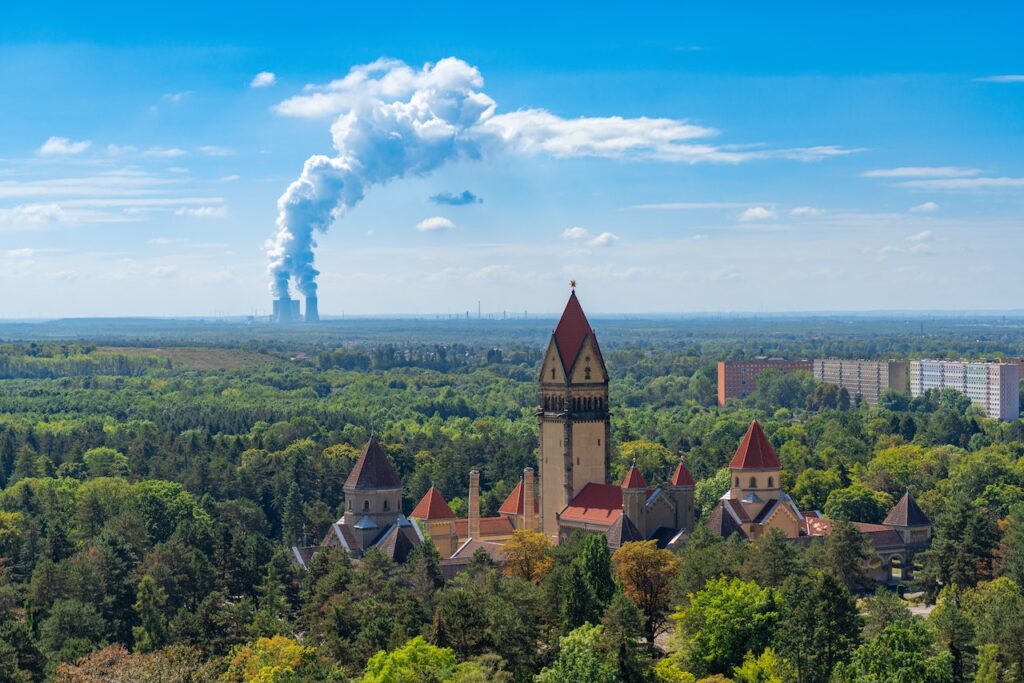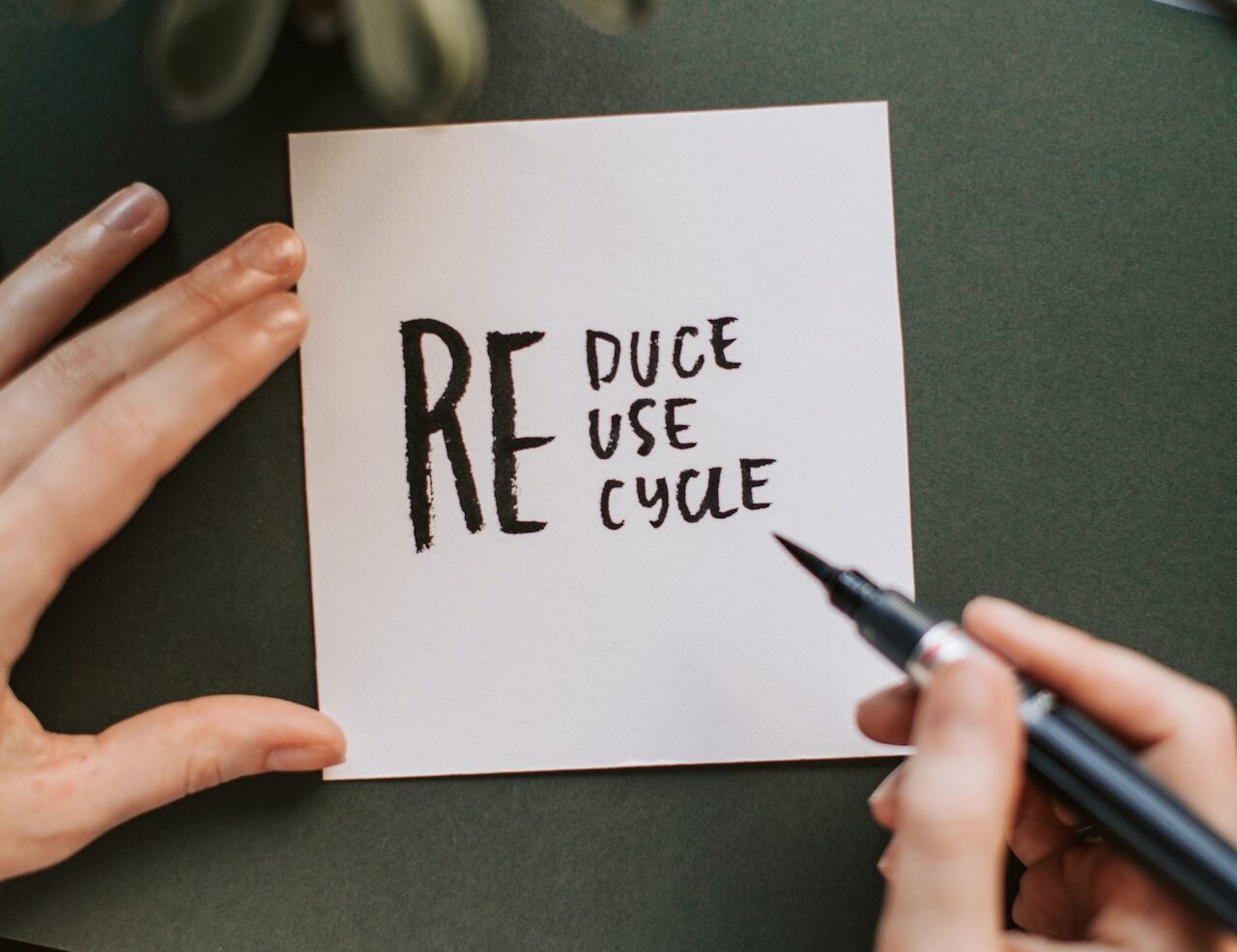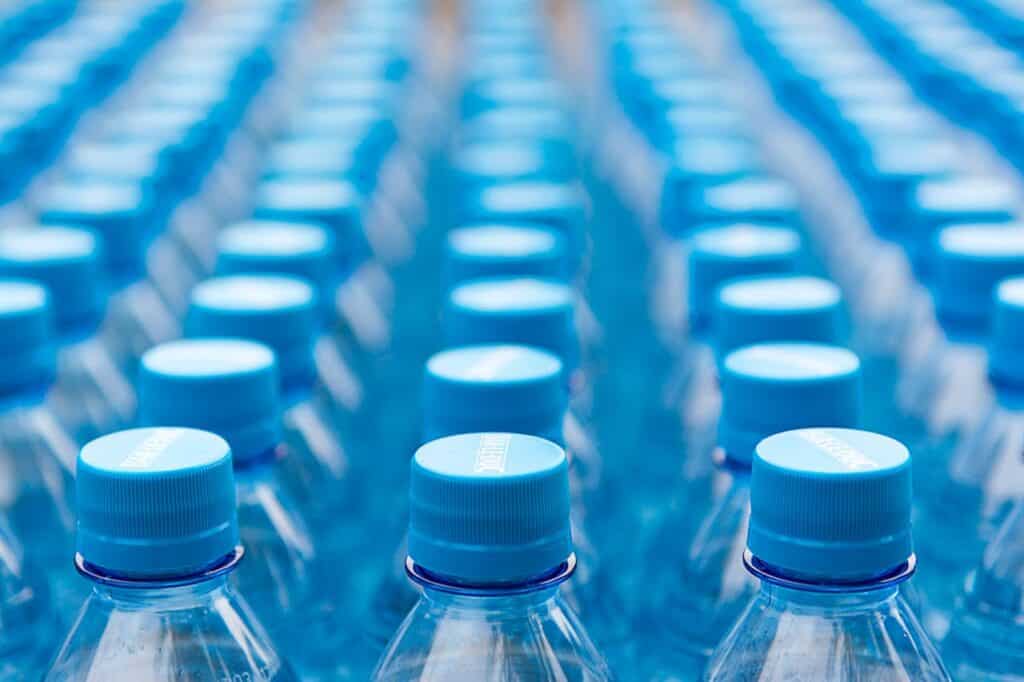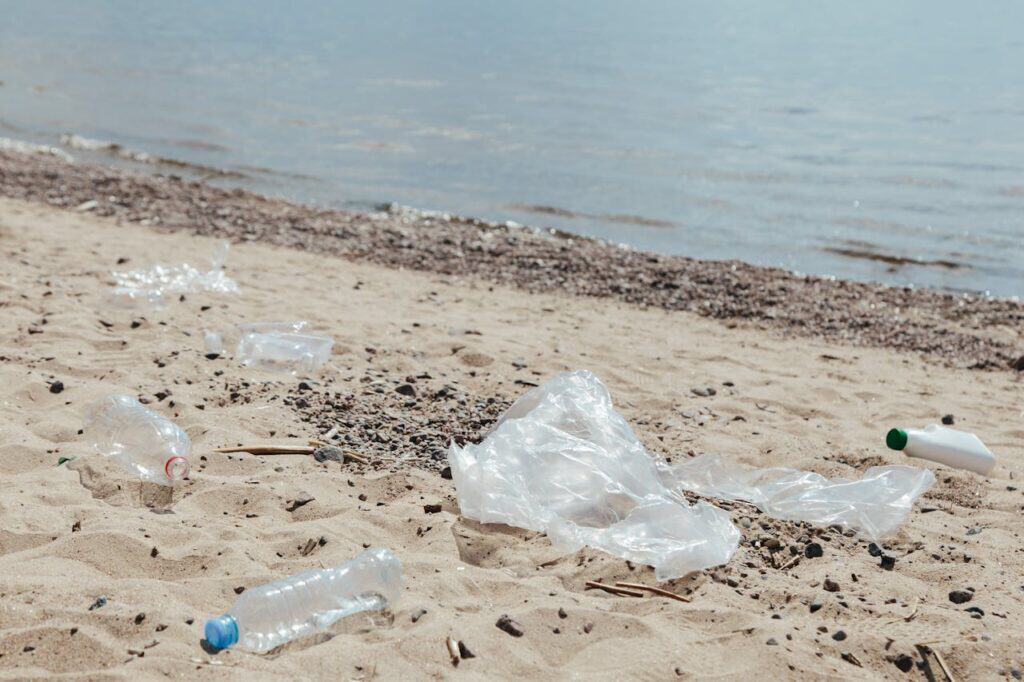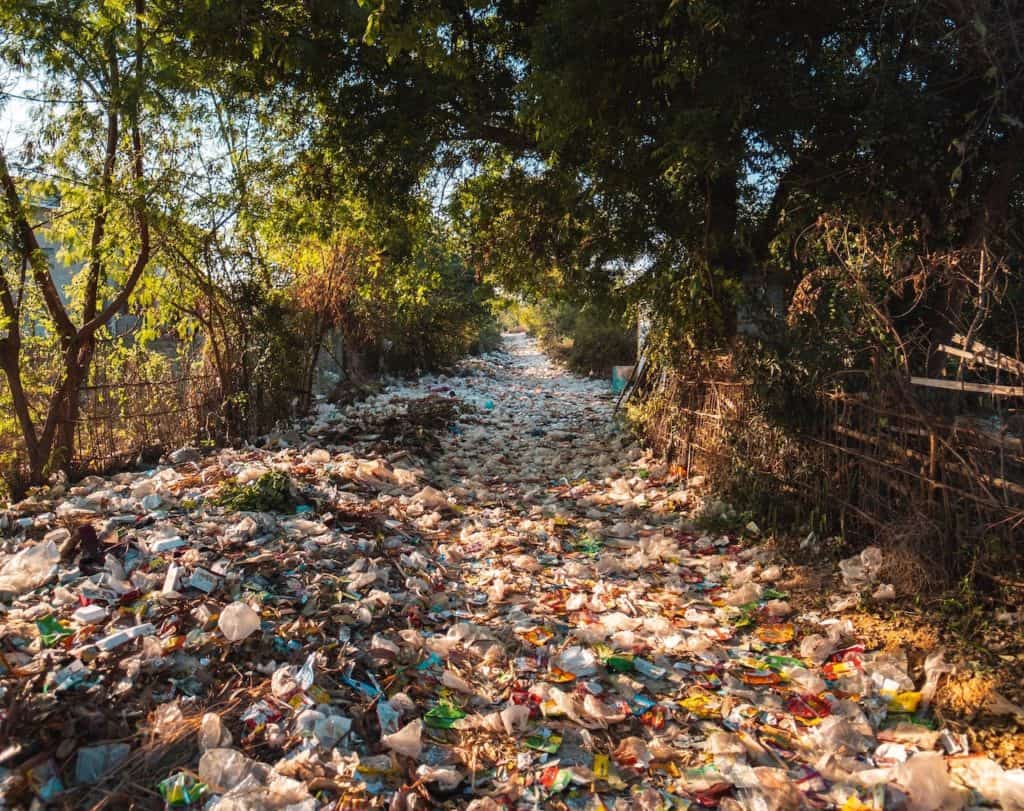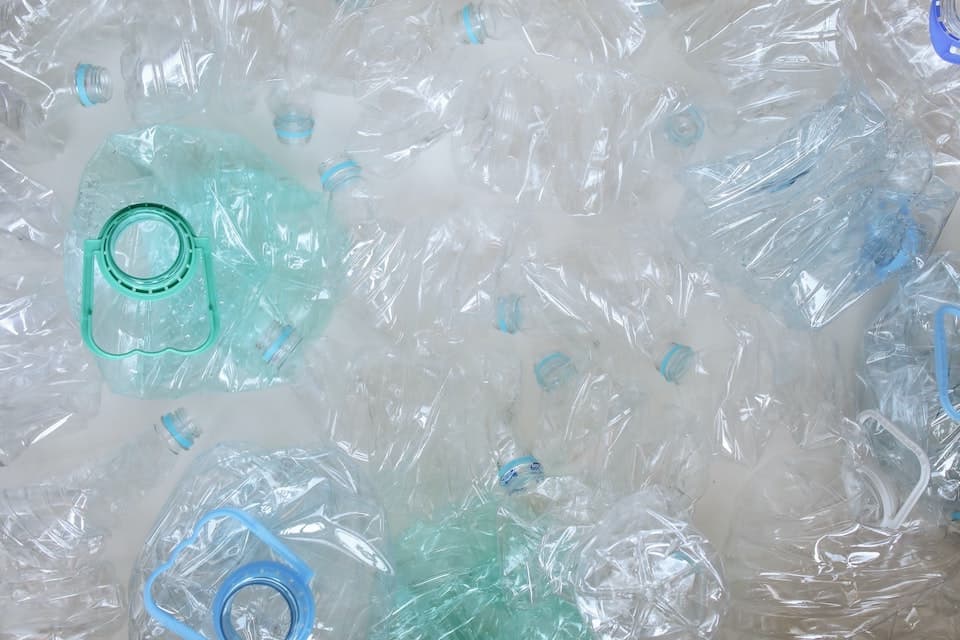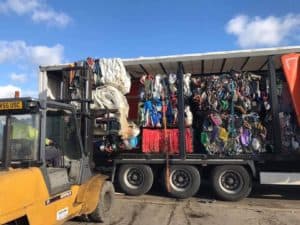What Are The 5 Steps Of The Waste Hierarchy?
The UK waste hierarchy is a guide to prioritising waste management practices for the most sustainable outcomes.
This was developed as a waste framework to ensure the most environmentally friendly outcomes. It’s a set of 5 actions that can help reduce the negative environmental impact and enhance the conservation of resources.
What Are The 5 Stages Of The Waste Hierarchy?
Prevention
By cutting down on consumption and making eco-friendly buying decisions, we can directly prevent waste.
Re-Use
Recycling
For businesses, recycling is an opportunity to showcase corporate responsibility, save costs, and innovate. Recycling involves reprocessing materials that would otherwise end up at waste-to-energy (incineration) facilities. Recycling should be at the top of your list for waste management options.
Recovery
During the recovery process, materials that cannot be recycled directly are diverted from landfill sites and incineration facilities.
Firstly, it releases harmful pollutants and greenhouse gases into the atmosphere, contributing to air pollution and climate change. Secondly, it consumes valuable resources, such as energy, and thus does not align with sustainable business practices. Disposing of waste through this process has become popular in recent years, however the negative impact is becoming prominent.
Disposal
The Benefits Of The Waste Hierarchy
The waste hierarchy offers several significant benefits for both the environment and society as a whole. Applying the waste hierarchy prioritises reducing, reusing, and recycling materials before considering disposal or recovery. This approach conserves valuable natural resources by extending the life of products and reducing the need for virgin materials.
